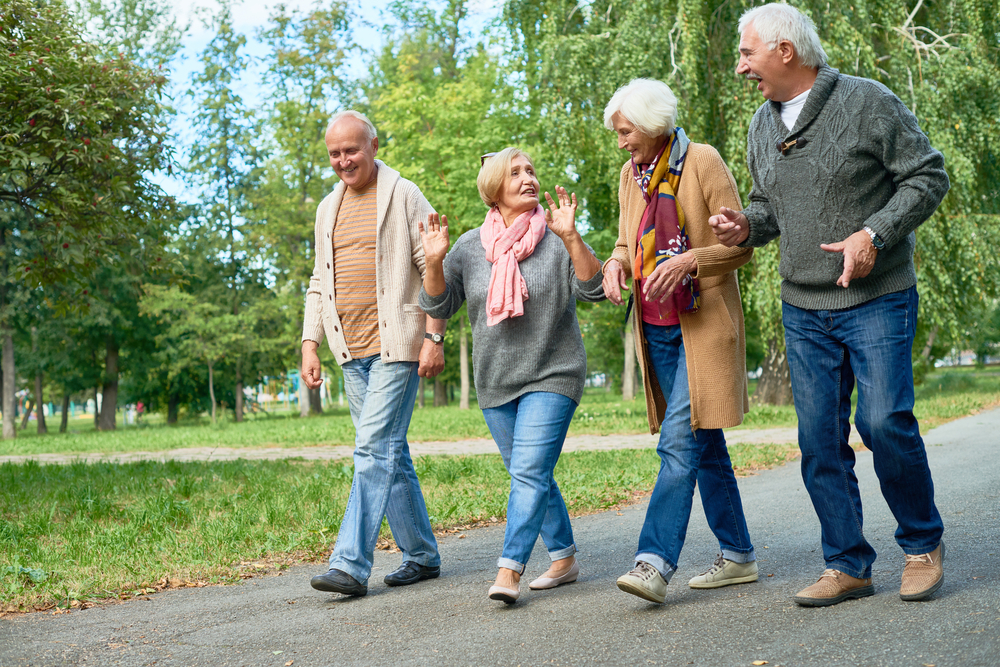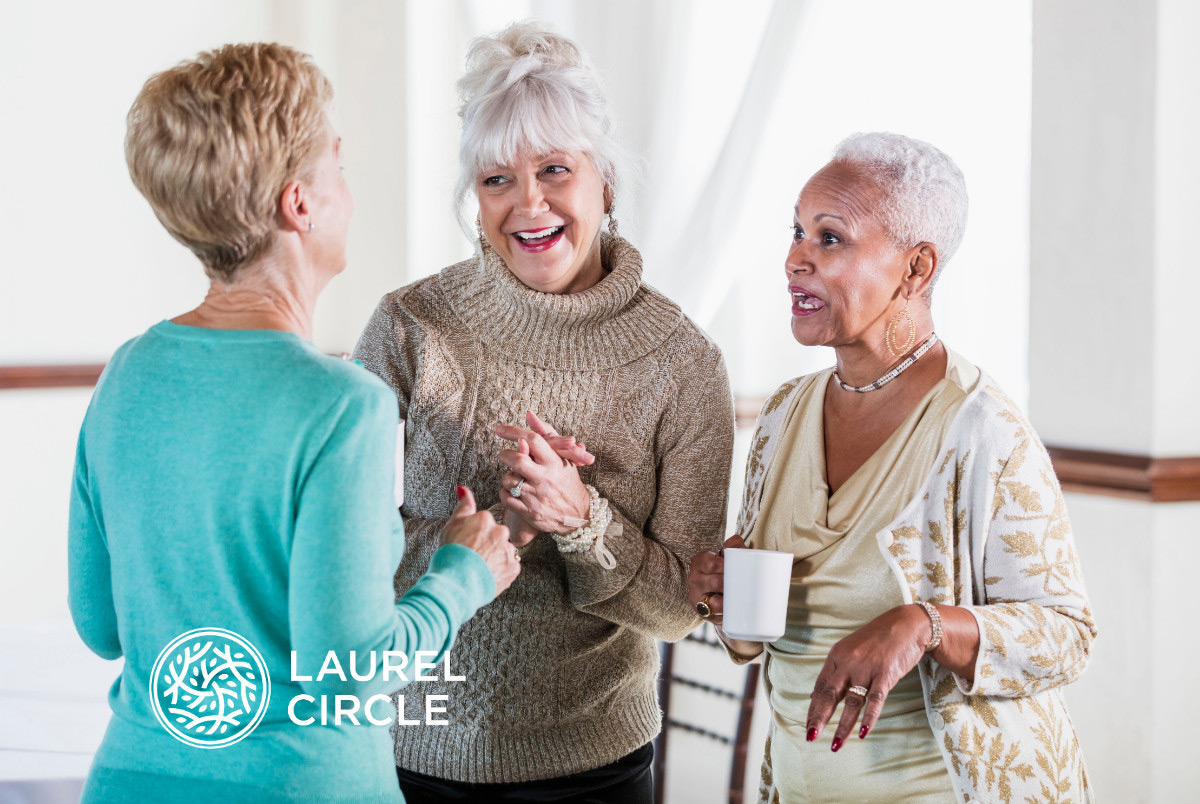How Walking Every Day Affects Senior Health

Every year seems to bring a new exercise fad, but did you know one of the best exercises — especially as you age — is also one of the first things you learned: walking. In fact, a daily routine of walking is great for seniors’ health, offering numerous physical and mental benefits. Plus, unlike expensive gym memberships and exercise equipment, walking only requires a comfortable pair of shoes and some dedication.
To help you get started, this blog post will discuss the advantages of walking for seniors’ health, and also suggest things to consider if you haven’t exercised in a while.
Physical Health Benefits of Walking
Less chronic pain: Taking a regular walk is an ideal, low-impact way to gently exercise your major muscle groups and help reduce chronic pain from arthritis. Using your knees and back joints can help increase strength and keep them flexible.
Increased stamina and energy: Too much sitting around can leave you feeling drained. Walking can help build back your stamina and make you feel more energetic.
Lower blood sugar: Just a 15-minute walk shortly after a meal helps digestion and uses the blood sugar spike that comes after eating to help strengthen your muscles. If you use insulin to control your blood sugar, you may find walking makes it more effective.
Greater bone and muscle strength: Walking is a whole body workout and can help strengthen your supportive muscles and bones. Regular walking can even help reduce the loss of bone mass during osteoporosis, decreasing your risk of a hip fracture.
Healthier weight: Elevating your heart rate with a brisk walk can help you burn more calories.
Improved heart health: Walking a few miles per day can help lower your blood pressure and high cholesterol, reducing your risk of a heart attack, stroke and diabetes.
Immune system boost: As you age, your immune system can weaken, but walking can help maintain a healthy and effective immune system and reduce your risk of developing a chronic illness.
Mental Health Benefits of Walking
Mental health boost: The endorphins released from physical activity can provide an all-natural mood boost, while also helping to reduce anxiety.
More self-confidence: Increasing your strength, stamina, and energy will also come with a boost in confidence and feelings of independence.
Slow cognitive decline: Walking may be a way for seniors to remain mentally sharp and could help reduce your chances of mental decline.
Before You Start Walking
Before you begin any new exercise routine, be sure to talk with your doctor to find an option that fits your health and fitness needs. Especially if you haven’t exercised in a while. Some questions to ask include:
- Are there any exercises I should avoid?
- Could a previous illness, operation or injury affect how I exercise?
- How can I exercise safely if I have high blood pressure, diabetes or cardiovascular disease?
- What’s the best way to gradually increase my exercise level?
- How can I manage any ongoing health conditions like arthritis?
After you start exercising, if you develop any new symptoms, see your doctor right away. Symptoms include:
- Dizziness
- Chest pain
- Shortness of breath
- Unexplained weight loss
- Sores that won’t heal
- Pains anywhere in your body
Taking Your First Steps
Here are a few things to keep in mind as you start your walking routine:
- Start small: Every little bit helps, so it’s important not to do too much, too soon. Don’t feel like you have to start with a brisk three-mile walk. Start with walking down the street and back or around the block, and work your way up.
- Walking? Keep talking: You know you’re walking at a good pace if it feels like you’re exercising, but you’re not so out of breath that you can’t carry on a conversation with someone.
- Rain or shine: Hot and cold days can make it hard to go for a walk, so it’s always good to have a back-up plan. Consider walking at an indoor mall, going to a local pool for a water walk, or buying a treadmill.
- Stay motivated: When getting started, you could walk to a nearby park, go on an “art walk” in your community, bring along pets or grandkids, or find other ways to get yourself going. And if you miss a few days, that’s OK. Just be sure to start again as soon as you can.
- Safety first: Make sure you have comfortable walking shoes, and that you’re dressed appropriately for the weather, wear sunscreen and stay hydrated.
Walking, Wellness and More
At Laurel Circle, our Bridgewater independent living and life plan community, total body wellness is a large part of our lifestyle. To learn more about our 8 dimensions of wellness, contact us here.




